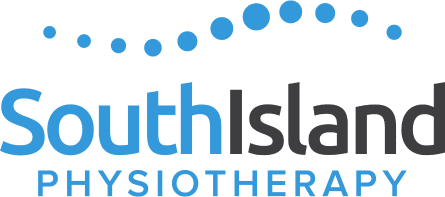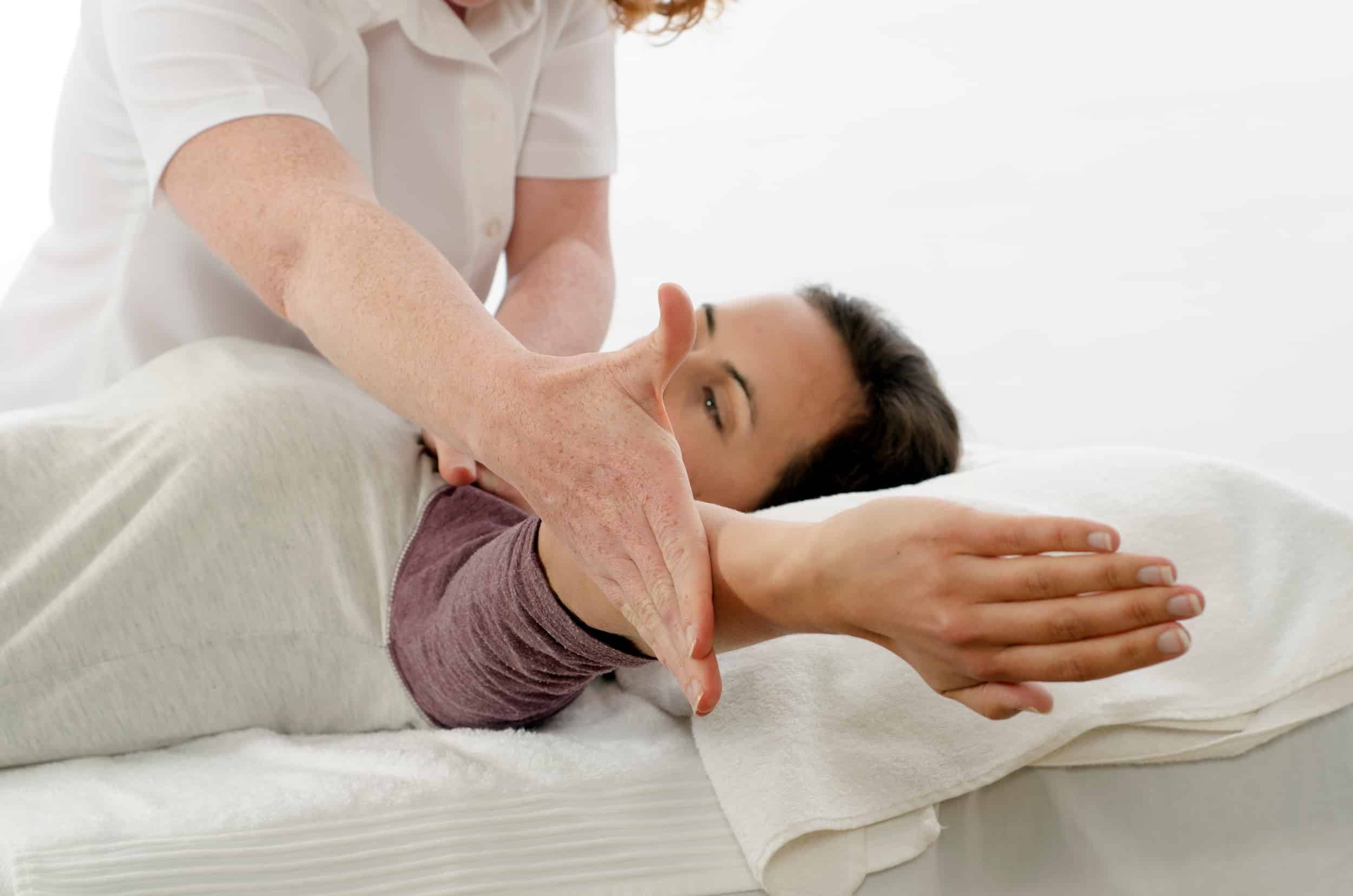How Kinesiology For Chronic Pain Helps People Feel Better
Chronic pain is a type of pain that lasts for a long time, often for months or even years. It’s different from acute pain, like when you accidentally stub your toe or cut your finger, which goes away quickly. Chronic pain can make it hard to do everyday activities like walking, working, or even enjoying time with friends and family. Kinesiology for chronic pain offers good news—movement and exercise, guided by an expert kinesiologist, can help!
Kinesiology is the study of how the body moves. Experts in this field use exercise and physical activity to help people recover from injuries, improve their health, and reduce pain. Let’s explore how kinesiology plays a big role in helping people with chronic pain feel better and get back to their normal lives.
Why Exercise is Key for Persistent Pain
Studies, including randomized controlled trials (a fancy way of saying carefully designed experiments), show that exercise can help people with chronic pain feel better. Exercise doesn’t just make your muscles stronger—it can also reduce pain, improve your mood, and help you do daily activities more easily. For example, aerobic exercise like walking, cycling, or swimming can help with low back pain, one of the most common types of chronic pain. These activities increase your heart rate and improve your overall health, including your cardiovascular system (your heart and blood vessels). People who stick to an exercise program often notice less pain and better movement.
How Kinesiology Designs Exercise Programs
Kinesiologists design exercise interventions (special plans for movement and workouts) based on the needs of each person. These programs might include:
- Aerobic Exercise: Activities like jogging, swimming, or brisk walking that improve heart health and endurance.
- Resistance Exercise: Strength training with weights, resistance bands, or even your own body weight to build stronger muscles.
- Endurance Exercise: Exercises that help you stay active longer without getting tired quickly.
- Manual Therapy: Hands-on techniques like massage or stretching to reduce pain and improve movement.
For example, older adults with chronic pain may need gentle exercises to improve their quality of life and keep them moving. In contrast, someone with lower limb pain might focus on strengthening their legs and improving balance.
What Does Science Say About Exercise and Pain?
There’s a lot of research showing that exercise works! A systematic review and meta-analysis (a big study that combines results from many smaller studies) found that exercise helps reduce pain and improve daily life for people with chronic pain. These studies show that exercise can:
- Reduce Pain Intensity: People feel less pain after doing the right kinds of exercise regularly.
- Improve Activities of Daily Living: Everyday tasks like cooking, cleaning, or climbing stairs become easier.
- Boost Mental Health: Physical activity can reduce stress and make people feel happier.
One randomized clinical trial showed that adults with chronic pain who followed a guided exercise protocol had a significant difference in their pain levels compared to those who didn’t exercise. The control group (the group that didn’t do the exercise) didn’t improve as much.
Matching the Right Exercise to the Person
Not all exercises work the same for everyone. The type, intensity, and frequency of exercise matter. For example:
- People with low back pain might benefit from low-impact movements like swimming or yoga.
- Those with chronic pain from cardiovascular disease might need carefully planned aerobic exercises.
- Resistance training can help adults build strength to support painful joints.
- Gentle exercises for older adults can help maintain mobility and independence.
Kinesiologists pay attention to these details to create safe and effective exercise plans.
Pain Management Beyond Exercise
While exercise is powerful, it’s often combined with other treatments, like physical therapy, manual therapy, and even counselling, to help manage pain. Together, these approaches create a recovery pathway that guides patients back to health.
For example, someone with chronic pain might see a physical therapist, follow an exercise program at home, and receive advice on how to move safely during daily activities. These combined therapies aim to reduce pain and gradually improve their life.
The Bigger Picture: Why Movement Matters
Whether it’s a structured exercise training program or simple movements like stretching or walking, staying active is key. Movement helps:
- Increase blood flow to painful areas, which can speed up healing.
- Strengthen muscles and joints, making the body more resilient.
- Improve mental health, reducing feelings of stress and anxiety that often come with chronic pain.
A Brighter Future Through Movement
Chronic pain doesn’t have to take over your life. With the help of kinesiology and well-designed exercise interventions, people can find their way to less pain and more freedom. From randomized controlled trials to real-life success stories, the evidence is clear: exercise works. Whether you’re an older adult, a busy parent, or a student, movement can help you feel better and do more of what you love.
So, the next time you hear someone say, “Exercise may reduce pain,” know that science backs it up. Through small, steady steps, movement truly shapes recovery pathways for people with chronic pain.

